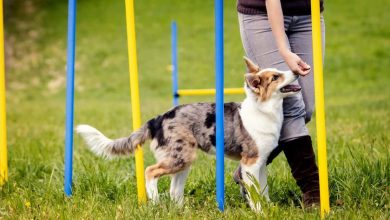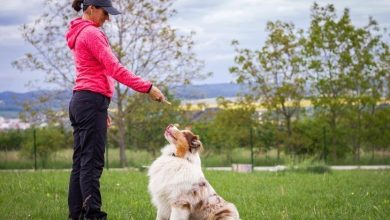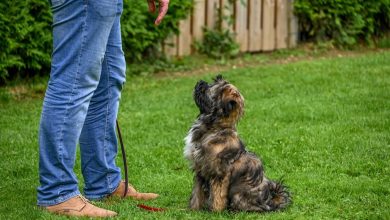The Best Method to Teach Your Dog to Sit Calmly

Teaching your dog to sit calmly is more than just a fun trick—it’s a foundational skill that fosters better communication and enhances the bond between you and your furry friend. Whether you’re a first-time pet parent or a seasoned dog owner, mastering this command can make daily interactions smoother and more enjoyable. In this article, we will explore the best methods to teach your dog to sit calmly, offering step-by-step guidance and practical tips. With patience, consistency, and a dash of enthusiasm, you’ll soon have your pup sitting politely in no time. Let’s embark on this rewarding journey together!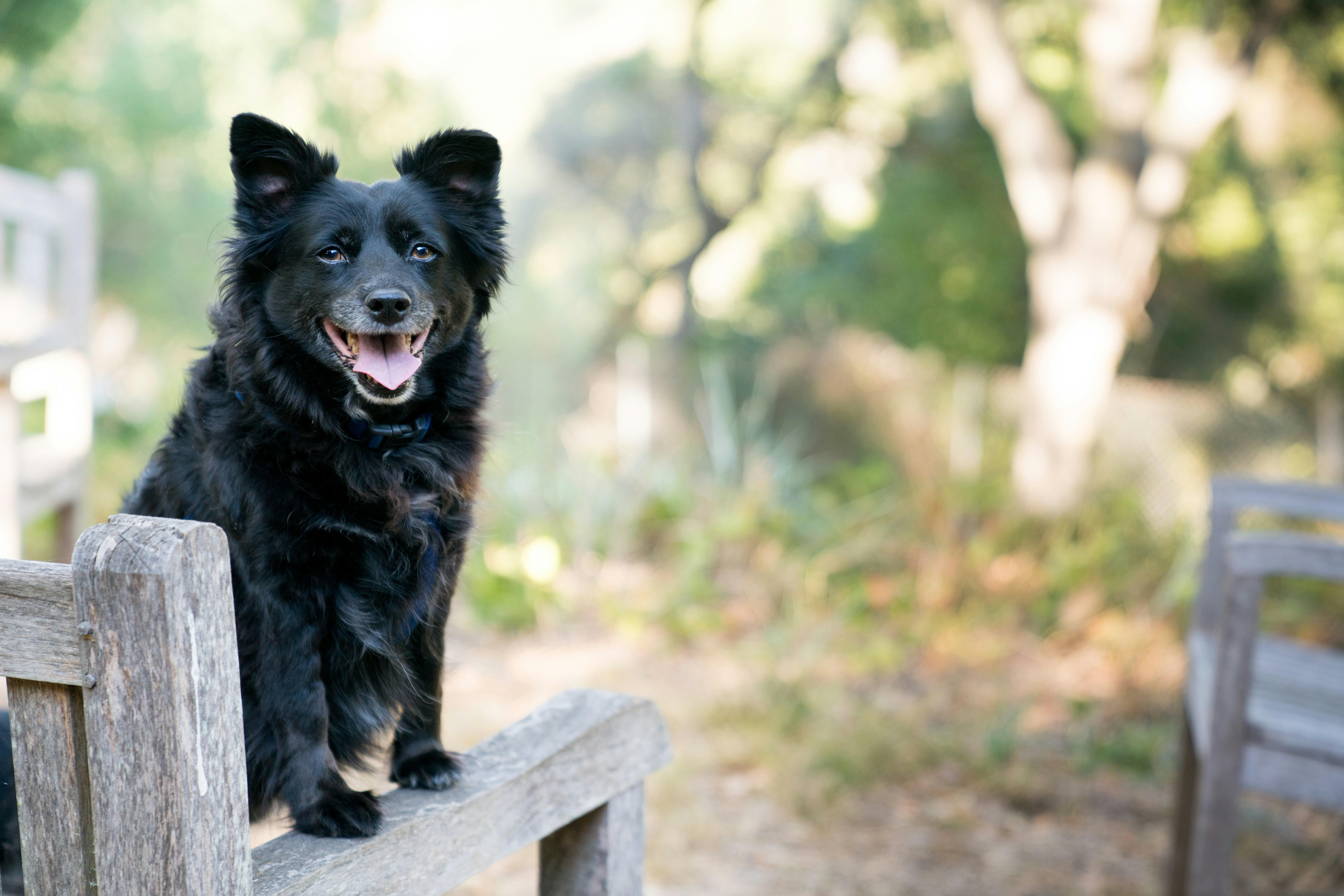
Mastering the Basics of Dog Training for a Calm Sit
To effectively guide your furry friend to a calm sit, start by creating a conducive environment. Eliminate distractions such as loud noises or other pets that might cause excitement. Ensure you have their favorite treat or toy ready to use as a reward. Consistency is key, so make sure to use the same command and hand signal every time you practice. Start with short sessions of 5-10 minutes to maintain their attention and gradually increase the duration as they get better.
- Position yourself: Stand in front of your dog, holding the treat close to their nose.
- Give the command: Use a clear and calm voice to say “sit” while gently moving the treat over their head. This encourages them to naturally lower their back to the ground.
- Reward immediately: The moment their bottom touches the ground, praise them enthusiastically and give them the treat. This positive reinforcement helps them associate sitting calmly with a pleasant outcome.
- Practice regularly: Repeat this process several times a day in different settings to reinforce the behavior.

Understanding Your Dogs Behavior and Learning Style
To effectively teach your dog to sit calmly, it’s crucial to first understand their individual learning style and behavior. Dogs, much like humans, have distinct personalities and ways of processing information. Observing your dog’s behavior can provide valuable insights into how they respond to various training techniques. Some dogs are visual learners, responding best to hand signals and gestures, while others may be more attuned to auditory cues, thriving with verbal commands. By identifying which methods your dog naturally gravitates towards, you can tailor your training approach to be more effective and enjoyable for both of you.
Consider incorporating the following strategies into your training routine:
- Positive Reinforcement: Reward your dog with treats or praise whenever they sit calmly. This encourages them to associate the behavior with positive outcomes.
- Consistency: Use the same command and hand signal each time you ask your dog to sit. Consistency helps reinforce learning and reduces confusion.
- Patience: Every dog learns at their own pace. Be patient and allow them the time they need to understand and perform the command.
- Environment: Start training in a quiet, distraction-free area. As your dog becomes more proficient, gradually introduce them to busier environments.
By recognizing and adapting to your dog’s unique learning style, you can make the training process more effective and foster a stronger bond with your furry friend.
Effective Techniques and Tools for Teaching Calmness
Training your dog to sit calmly can be a rewarding experience for both you and your furry friend. Incorporating a variety of techniques and tools can make the process enjoyable and effective. Start by creating a peaceful environment, minimizing distractions to help your dog focus. Consistency is key, so make sure to practice regularly and reward your dog with treats and praise for calm behavior.
- Positive Reinforcement: Use treats and verbal affirmations to encourage calm behavior. This method helps your dog associate sitting calmly with positive outcomes.
- Clicker Training: A clicker can be a great tool to mark desired behavior. Each click should be followed by a treat, reinforcing the calm sitting posture.
- Calm Voice Commands: Use a soothing tone when giving commands. Your voice should convey tranquility, helping your dog understand the desired state of calmness.
- Body Language: Dogs are highly perceptive to body language. Use slow movements and a relaxed posture to communicate calmness to your dog.
By integrating these techniques into your training routine, you can foster a sense of calmness in your dog, ensuring they respond positively to your commands. Remember, patience and persistence are vital, so stay committed to the process and enjoy the journey of learning together.
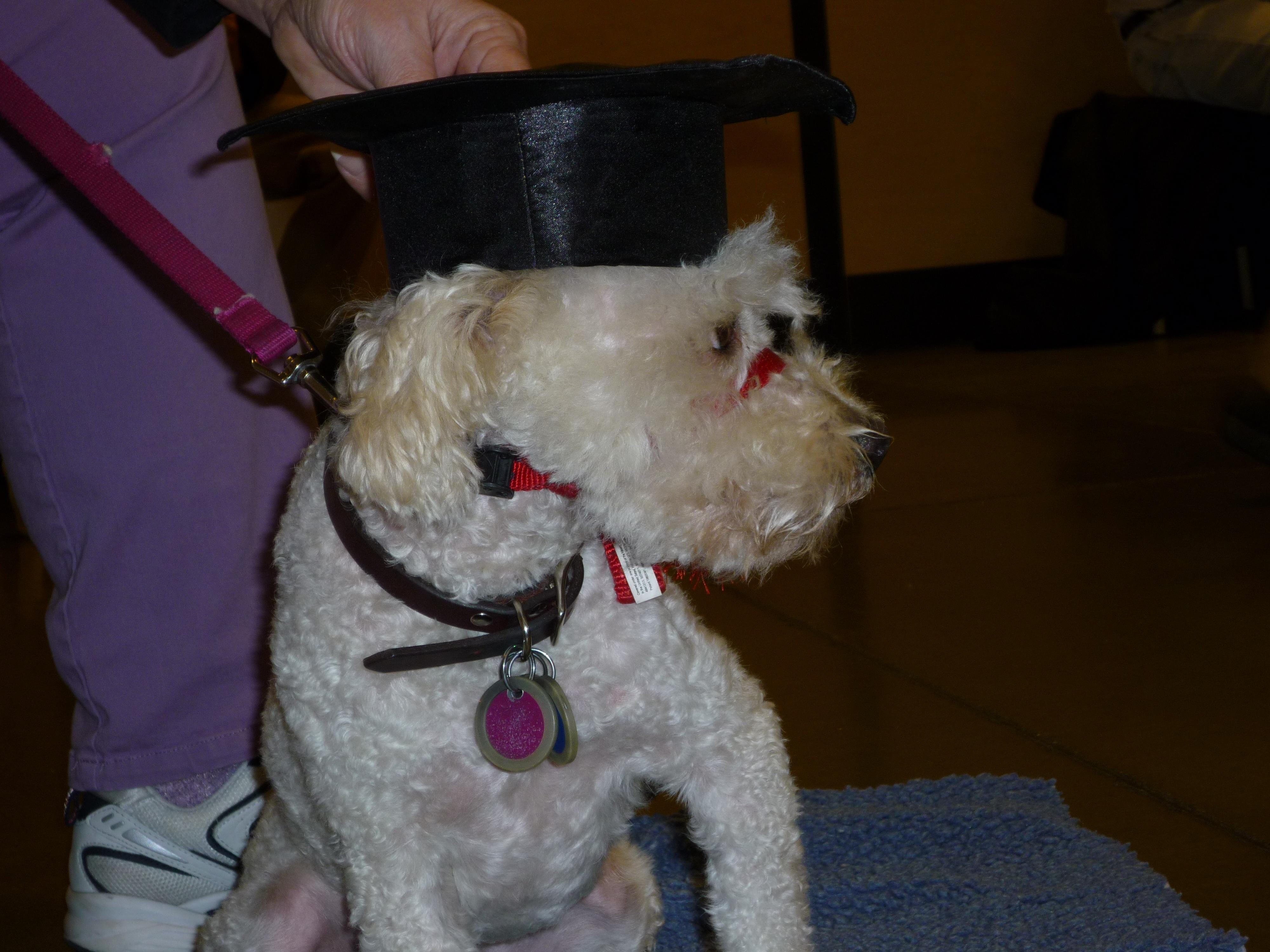
Positive Reinforcement Strategies to Encourage Sitting
When teaching your dog to sit calmly, leveraging positive reinforcement can make the learning process enjoyable and effective. Dogs thrive on encouragement and praise, so employing strategies that focus on rewarding good behavior can help solidify the “sit” command. Here are some techniques you can try:
- Use Treats Wisely: Start by holding a treat close to your dog’s nose, then slowly move your hand upward, allowing their head to follow the treat. This natural motion will often lead them to sit. Once they do, reward them immediately with the treat and plenty of praise.
- Incorporate Clicker Training: A clicker can be an excellent tool for marking the exact moment your dog sits. After they follow your command, click and treat them. The sound of the clicker helps your dog quickly associate the action with a positive outcome.
- Offer Verbal Praise: Don’t underestimate the power of your voice. A cheerful “good boy!” or “good girl!” can boost your dog’s confidence and encourage them to repeat the behavior.
- Practice Consistently: Regular short training sessions are key. Practice in different environments to help your dog understand that sitting is expected in various situations.
Remember, patience and consistency are crucial. With time and positive reinforcement, your furry friend will not only learn to sit but do so with calmness and confidence.

